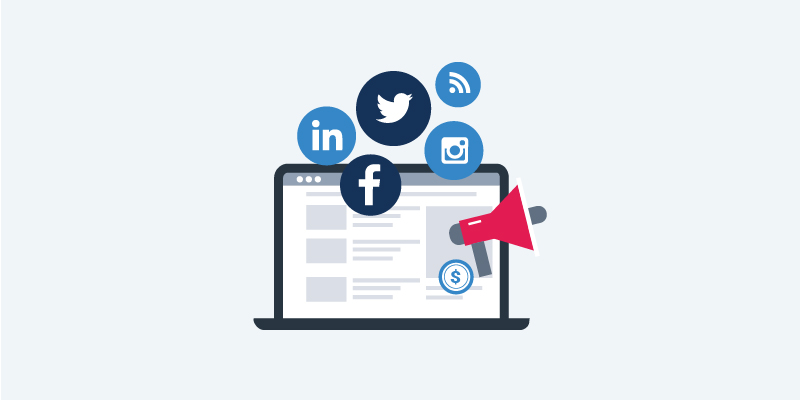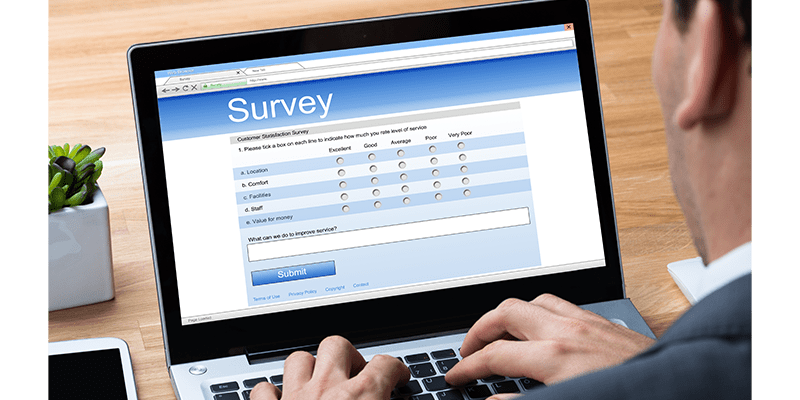Marketing
Listening to Your Customers: When to Collect Feedback During the Buyer’s Journey
by clickdimensions

As marketing and sales professionals know all too well, very few customers find a product they need and decide to purchase it immediately. Customers can take days, weeks or months to make a decision. The buyer’s journey is a complex process, but it can be made significantly easier with customer feedback. Collecting feedback during different stages of the buying cycle will help you gain a clearer picture of your customer’s needs and will ultimately improve your customer retention. To help you get started, we’ve outlined the buyer’s journey and when you should be collecting feedback from your customers along the way.
1. Unqualified leads in the awareness stage. Unqualified leads present a great opportunity for your company to gain insight on the sentiments of a general audience with little knowledge of your company. Make use of this opportunity by asking unqualified leads about their opinions of your products and the industry as a whole. Since these individuals don’t have an established relationship with your company, they are far more likely to respond if they are given an incentive. You can do this by offering a monetary reward such as gift cards, or special discounts on future products and services.
2. Potential customers in the research stage. The research phase represents a sales opportunity to gather as much information as possible about the needs of your potential customers and the usefulness of your company’s resources. When your potential customers visit your website, it’s your opportunity to get them to listen to your webinars, read your blog or download other content. However, they may get stuck on a webpage or decide not to purchase your product for a number of reasons. Instead of asking your customers directly about potential problems, listen to what they are telling you indirectly. Take this time to review your web analytics and content downloads to assess what is working and what isn’t.
3. New customers in the purchase and post-purchase stage. When a potential customer becomes a new customer, they are likely pretty familiar with your brand and products based on the research they have already conducted. Asking a few clarifying questions at this stage can have a huge pay off. Survey your customers about their buying process and if there is anything that could be improved. Down the line, you should continue to ask for your customer’s feedback with post-purchase emails. Every time you interact with your customers, whether a support touchpoint or a new purchase, is an opportunity to connect with and learn from your customers.
4. Longtime customers. It can be tempting to assume that your longtime customers are happy if you don’t hear anything from them. However, this isn’t always the case. Customers often leave a company without ever expressing their concerns. To stay in tune with your current customers and address their problems before they leave, you need to collect their feedback along the way. Regular check-in emails or calls, depending on the nature of your business, are a great way to keep a pulse on customer sentiment. On the other side of this spectrum, with regular feedback you will be able to easily identify customers that love your brand. Now is the time to use surveys to ask them to rate their satisfaction, request that they write a review and more.
Happy Marketing!







